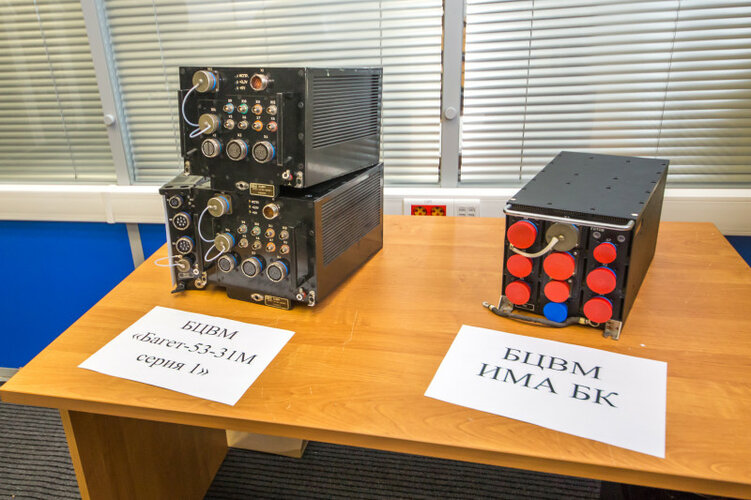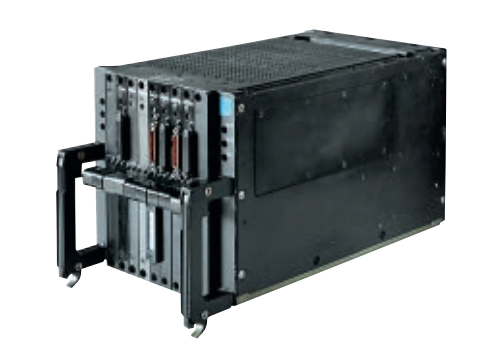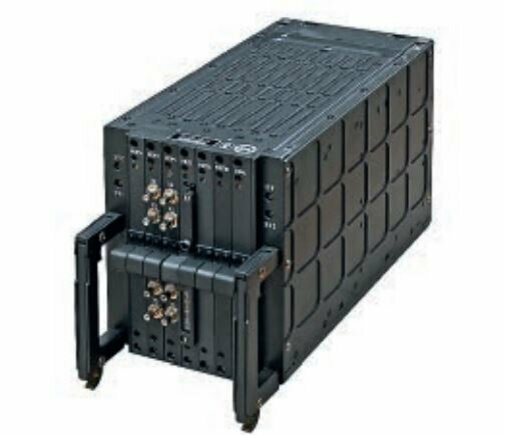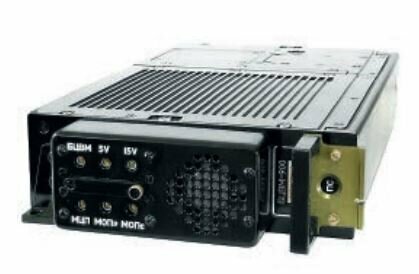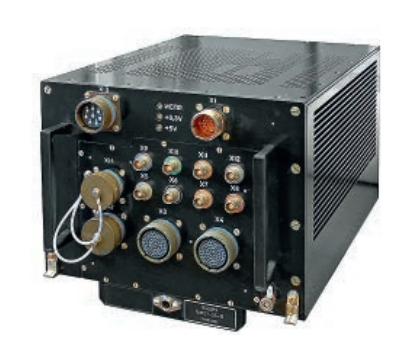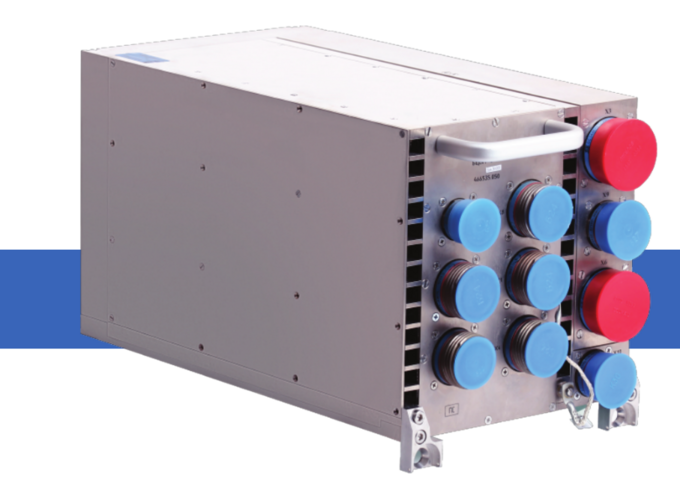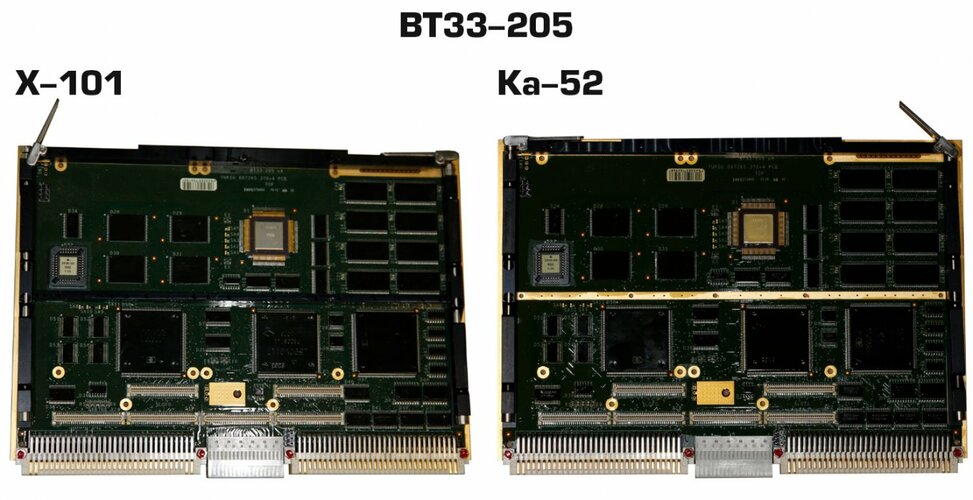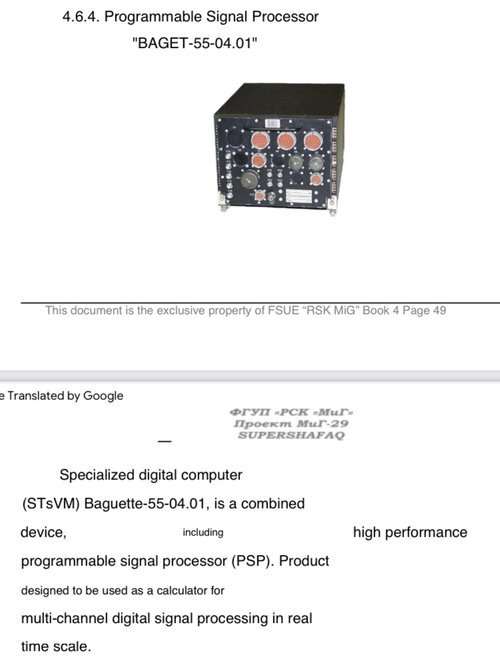- Joined
- 27 December 2005
- Messages
- 17,712
- Reaction score
- 26,183
So, the immediate successor to the POISK architecture Ts100 family in the 1990s was the OS2000 Baget RealTime Operating System (RTOS) with POSIX capability (UNIX-like).
Baget was designed for both Intel x86 (386 or 486) chips or MIPS RISC architecture processors. In the Post-Soviet era, Intel and MIPS compatible chips were produced in Russia.
Several Baget/Baguet based computers have been used e,g. on Su-35.
For the MIPS architecture Russia has the RISC KOMDIV-32 CPU (MIPS1/MIPS3000 architecture) and KOMDIV-64 (MIPS IV/MIPS4000 architecture) which are space-hardened and used in a lot of industrial roles. Apprently the Su-35 and Su-57 computers use the latest KOMDIV-64 dual-core 64bit 1890VM8YA running up to 800MHz in onboard computers in some applications.
The latest RTOS using is Sukhoi's RV BagrOS-4000 (presumably Baget-derived or compatible?) for the Russian Elbrus-2000 VLIW architecture with chips running up to 2GHz available. Elbrus-2000 CPUs used or will be used on the Su-57. Elbrus is a fairly unique design most similar to the ill-fated Intel Itanium processor, which was designed by the original Elbrus designer for Intel after he emigrated to the United States.
There's also an ARM-compatible Russian CPU but I've not seen any mention of that for avionics.
In both architectures, domestic producers like Mikron have struggled to master the required process improvements to make faster processors so TSMC have been making the faster processors for Russia, up until the Ukraine War presumably.
Baget was designed for both Intel x86 (386 or 486) chips or MIPS RISC architecture processors. In the Post-Soviet era, Intel and MIPS compatible chips were produced in Russia.
Several Baget/Baguet based computers have been used e,g. on Su-35.
For the MIPS architecture Russia has the RISC KOMDIV-32 CPU (MIPS1/MIPS3000 architecture) and KOMDIV-64 (MIPS IV/MIPS4000 architecture) which are space-hardened and used in a lot of industrial roles. Apprently the Su-35 and Su-57 computers use the latest KOMDIV-64 dual-core 64bit 1890VM8YA running up to 800MHz in onboard computers in some applications.
The latest RTOS using is Sukhoi's RV BagrOS-4000 (presumably Baget-derived or compatible?) for the Russian Elbrus-2000 VLIW architecture with chips running up to 2GHz available. Elbrus-2000 CPUs used or will be used on the Su-57. Elbrus is a fairly unique design most similar to the ill-fated Intel Itanium processor, which was designed by the original Elbrus designer for Intel after he emigrated to the United States.
There's also an ARM-compatible Russian CPU but I've not seen any mention of that for avionics.
In both architectures, domestic producers like Mikron have struggled to master the required process improvements to make faster processors so TSMC have been making the faster processors for Russia, up until the Ukraine War presumably.
Last edited:

